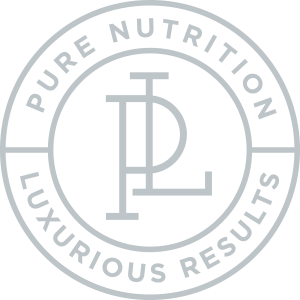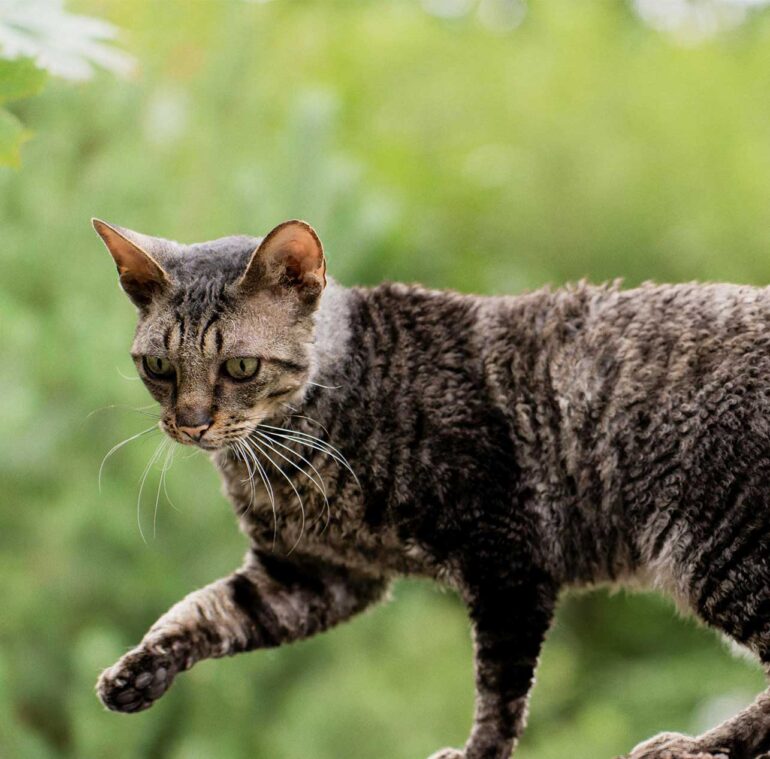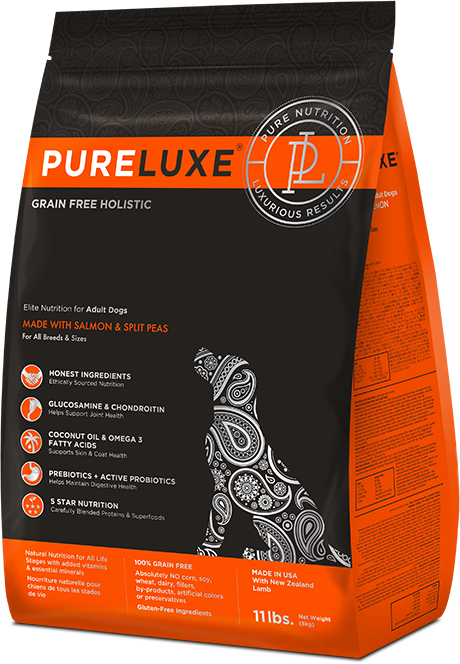The world of cat food is brimming with options, and navigating the aisl
The world of cat food is brimming with options, and navigating the aisles can be overwhelming for pet parents. Recently, high-protein, grain-free formulas have been grabbing a lot of attention. But what’s behind this trend?
Ancestral Appeal
Cats are obligate carnivores, meaning their bodies are optimized to thrive on a meat-based diet. In the wild, their ancestors – sleek hunters like lions and leopards – obtained most of their nutrients from protein-rich prey. This focus on protein translates to the domestic cat as well.
A high-protein diet can benefit your cat by:
- Supporting strong muscles and lean body mass
- Providing energy for their active lifestyles
- Promoting healthy skin and coat
Grain-Free Frenzy
Grains like corn and wheat are often included in cat food as a source of carbohydrates and fiber. However, some pet owners believe grains can contribute to digestive issues or allergies in cats. Grain-free formulations address this concern by using alternative ingredients like peas, lentils, or potatoes for carbohydrates.
Beyond the Hype
While high-protein, grain-free options may seem like a natural choice, it’s important to consider these points:
- Not all cats require grain-free food. If your cat has no allergies or digestive sensitivities, a high-quality grain-inclusive diet may be perfectly suitable.
- Consult your veterinarian before switching your cat’s food. They can advise on the most appropriate diet based on your cat’s age, breed, and overall health.
- High-protein foods may not be ideal for senior cats or cats with certain health conditions. However, grain-free lower protein foods exist.
The Bottom Line
Understanding your cat’s needs and consulting your veterinarian are key to making the best dietary choice for your furry companion. Remember, a happy cat is a healthy cat, and a nutritious diet is the foundation for both!




















